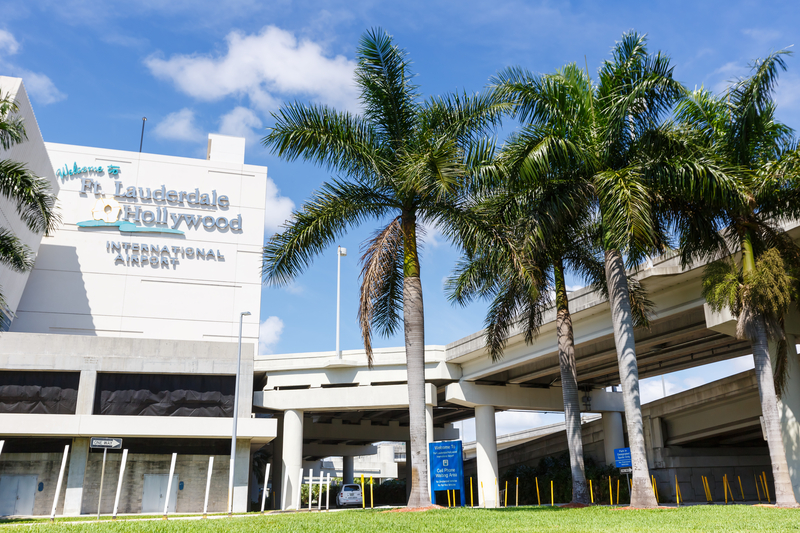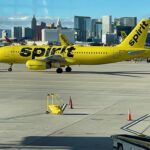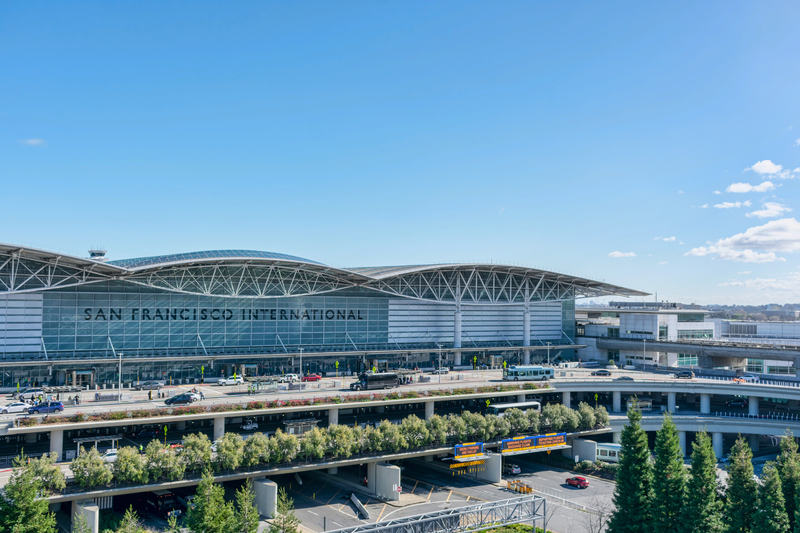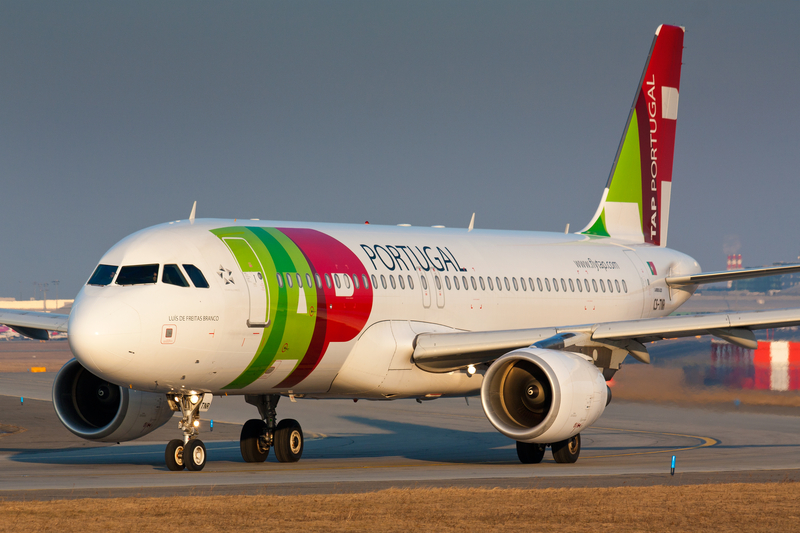Fort Lauderdale’s International Slide: 9+ Airlines Gone Since 2019 as BermudAir Exits

ID 161212510 | Fll © Boarding1now | Dreamstime.com
BermudAir will no longer fly to Fort Lauderdale
BermudAir launched Fort Lauderdale (FLL)–Bermuda (BDA) in September 2023 with six weekly flights on 30-seat Embraer E175s configured as all-business class, before quickly refitting to a dual-class layout. Frequencies were reduced to twice weekly a year later and halved again in 2025. The last FLL arrival operated on July 5, and the route—previously “suspended” to mid-December—has now disappeared from the airline’s map and destinations page.
The carrier is also exiting Charleston (CHS), Hartford (BDL), and Westchester (HPN) as it pivots to New York LaGuardia (LGA) and Newark (EWR). Separately, Bermuda airport operator Skyport has sued BermudAir for “millions” in unpaid fees, raising questions about the airline’s near-term stability.
Former FLL schedule (local times)
-
BDA–FLL: 15:45–17:45 (3:00 block)
-
FLL–BDA: 18:45–22:30 (2:45 block)
El Al will end FLL flights in April 2026
El Al briefly touched FLL for High Holidays in 2023, then launched twice-weekly year-round service in April 2024 using 238-seat Boeing 787-8s. Despite strong loads (93.4% between May 2024 and April 2025, similar to Miami), the carrier will wind down FLL in favor of a larger Miami (MIA) footprint.
-
Winter 2025/26: FLL operates Mondays only (LY21 arr 08:00; LY22 dep 12:00)
-
Final FLL flight: April 13, 2026
-
Post-exit: Miami increases from 5x weekly to 6x weekly
Consolidating at MIA improves economics and simplifies South Florida operations despite higher airport costs.
9+ international airlines that have exited FLL since 2019
-
Avianca El Salvador (announced exit; consolidating at MIA)
-
BermudAir
-
British Airways (moved to MIA after competing with Norwegian)
-
Emirates (moved to MIA)
-
Norse Atlantic (moved to MIA)
-
Norwegian (ended all long-haul flights)
-
Sunwing (now part of WestJet)
-
Swoop (folded into WestJet)
-
TAME (defunct)
Case study: Emirates
Emirates served FLL from 2016 to 2020 (mostly 4–5x weekly) with 777-200LRs, leaning on connectivity via JetBlue. Loads averaged just 74% with below-average yields, prompting a move to MIA with daily 777-300ERs. Even there, loads were a modest 69%, so in June 2024 the flight was extended to Bogotá—creating one of the shortest U.S. international widebody tag routes—and improving aircraft utilization and connectivity.
Why airlines leave Fort Lauderdale
-
Demand quality and yields: MIA generally commands higher fares and stronger premium/cargo demand, crucial for long-haul viability.
-
Network consolidation: Operating one South Florida gateway reduces complexity and costs, especially for widebody fleets.
-
Competitive shifts: The end of Norwegian’s long-haul model, Norse’s strategy changes, and WestJet’s consolidation of Sunwing/Swoop reshaped FLL’s carrier mix.
-
Airport economics and operations: While FLL can offer lower fees and strong domestic volumes, the international brand recognition, alliance feed, and premium mix at MIA often outweigh cost savings for long-haul carriers.
Bottom line
Fort Lauderdale has seen a steady outflow of international carriers since 2019, with BermudAir the latest to depart and El Al set to follow next spring. For long-haul and niche international operators, Miami’s yield profile, connectivity, and brand pull typically tip the balance—leaving FLL to focus more on its core strengths in domestic and near-international leisure traffic.





